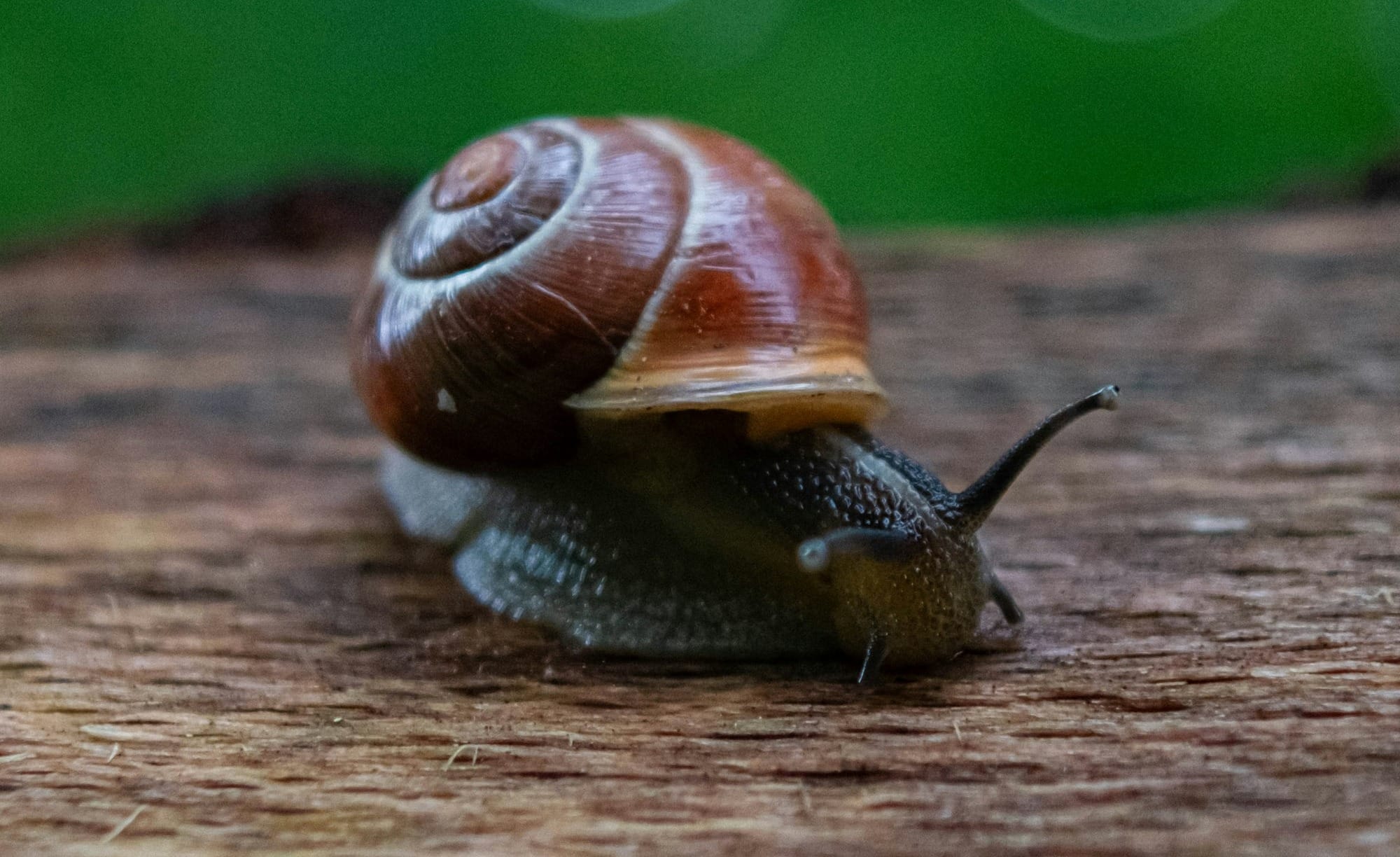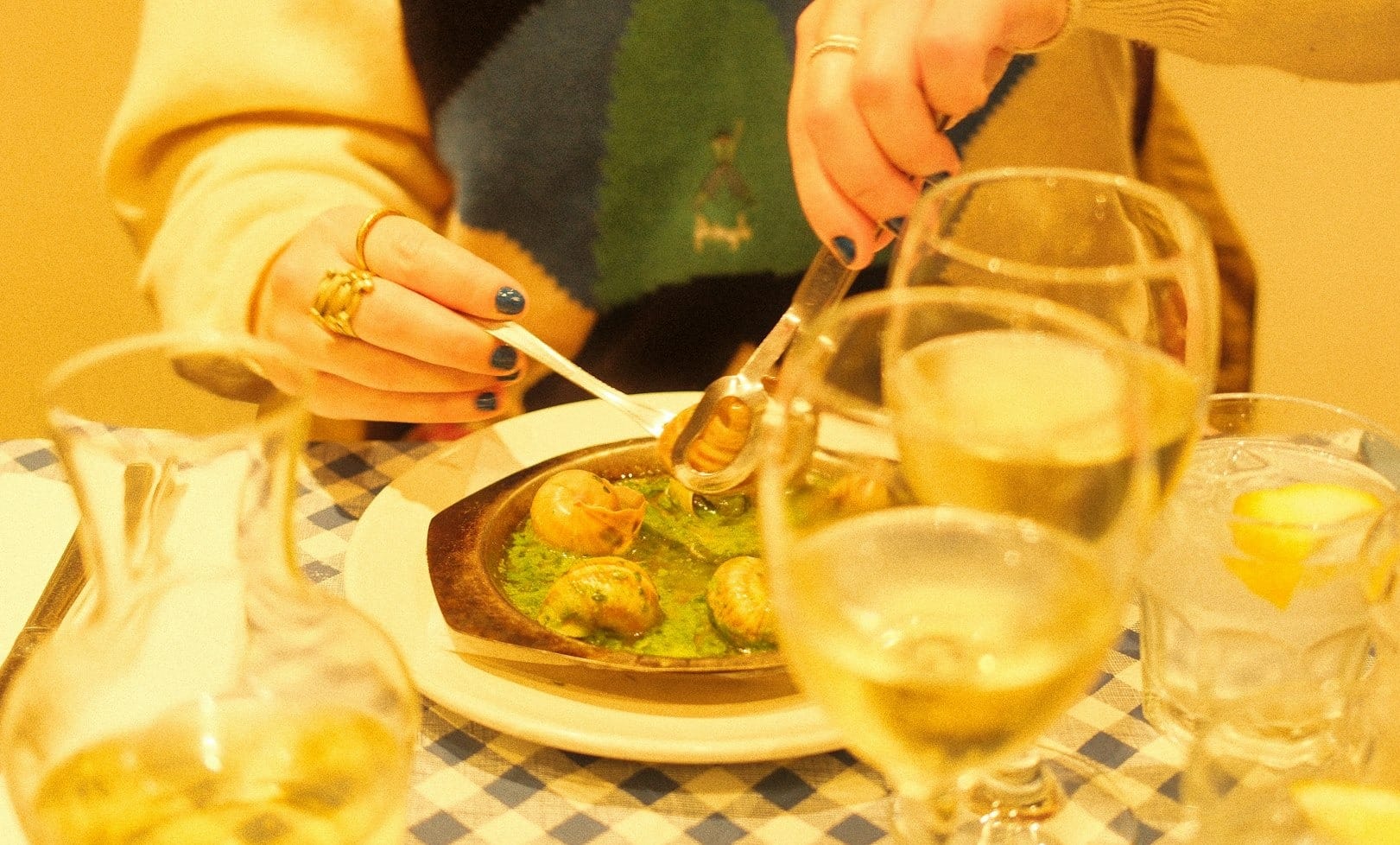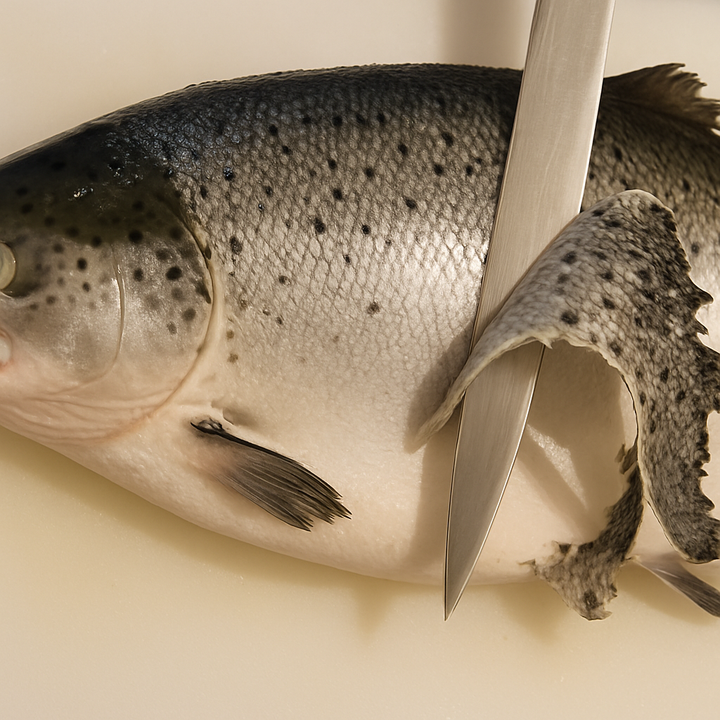The Proper Way to Enjoy Escargot
Discover the proper way to enjoy escargot as this guide unravels its rich flavors, luxurious presentation, traditional preparation, and dining etiquette, ensuring you savor this iconic French delicacy with confidence and grace.

Escargot, or cooked snails, is one of the most iconic delicacies of French cuisine, revered for its rich flavor and luxurious presentation.
If you’ve ever been intrigued by this unique dish but hesitated because of its unfamiliarity, this comprehensive guide will walk you through the proper way to eat escargot with confidence and grace.
By understanding its preparation, serving traditions, and etiquette, you can fully appreciate this exquisite delicacy.
What Is Escargot?

Escargot (pronounced "ess-car-GOH") is the French word for snail. While snails are found all over the world, not all are edible or suitable for culinary use.
The varieties typically used in escargot dishes are Helix pomatia (commonly called the Roman snail) and Helix aspersa.
These snails are raised in controlled environments to ensure their quality and safety for consumption.
Escargot is often prepared with classic French techniques, commonly baked in a mixture of butter, garlic, parsley, and other herbs.
The snails are served in their shells or on a specialized plate with indentations to hold them securely.
The Tools of Escargot Dining
Before diving in, it’s essential to familiarize yourself with the tools provided for eating escargot. These include:
- Escargot Tongs: Small, clamp-like tools used to hold the snail’s shell steady.
- Snail Fork: A slender two-pronged fork designed to extract the snail meat from its shell.
- Escargot Plate: A dish with multiple compartments to keep the snail shells in place, often heated to keep the butter and herbs warm.
Each tool has a specific purpose, and mastering their use ensures a smooth dining experience.
Step-by-Step Guide to Eating Escargot
Step 1: Prepare Yourself Mentally
For first-timers, the thought of eating snails can be daunting. It helps to focus on the preparation and flavor rather than the idea of the ingredient itself.
Remember that escargot is a celebrated delicacy with centuries of culinary tradition behind it.
Step 2: Examine the Setup
When the escargot arrives, take a moment to observe its presentation.
The shells will likely be nestled in an escargot plate, each filled with a fragrant blend of butter, garlic, and herbs. The aroma alone is enough to whet your appetite.
Step 3: Secure the Shell

Use the escargot tongs to hold the shell firmly in place. The tongs should grip the shell tightly, ensuring it doesn’t slip as you work to extract the meat.
Hold the tongs in your non-dominant hand, as they are designed for stability rather than maneuverability.
Step 4: Extract the Snail
With the snail fork in your dominant hand, gently insert the prongs into the shell’s opening.
Twist or hook the meat to loosen it from the shell. Snail meat is tender and often comes out in one piece with minimal effort. If it resists, don’t force it—a gentle back-and-forth motion usually does the trick.
Step 5: Savor the Flavor
Once extracted, you can enjoy the snail meat as it is or dip it into the pool of garlic-herb butter for added richness.
Place the meat on your tongue and allow the flavors to unfold. Escargot is prized for its tender texture and the way it absorbs the aromatic butter.
Step 6: Use Bread to Enjoy the Sauce
A crusty piece of French baguette is the perfect accompaniment to escargot. After eating the snails, use the bread to soak up the remaining garlic butter and herbs.
This not only enhances the experience but ensures none of the delicious sauce goes to waste.
Escargot Etiquette
While eating escargot is straightforward, following proper etiquette will enhance your dining experience:
- Pace Yourself: Escargot is often served as an appetizer. Eat slowly and savor each bite, appreciating the rich flavors and textures.
- Mind Your Surroundings: Be mindful of the tools to avoid accidents. Handle the tongs and fork with care to prevent spills.
- Dispose of the Shells Gracefully: Place empty shells back into the escargot plate. Avoid making noise when setting them down.
- DO NOT: Avoid gripping the shells with your fingers in polite company; instead, use tongs and refrain from sucking the meat directly from the shell.
Health Benefits of Escargot
Beyond its luxurious appeal, escargot offers surprising nutritional benefits:
- High in Protein: Snail meat is an excellent source of lean protein, essential for muscle repair and growth.
- Low in Fat: On its own, snail meat is low in fat and calories, making it a healthy choice.
- Rich in Minerals: Escargot contains magnesium, iron, and calcium, which support overall health.
Of course, the butter and garlic sauce add indulgence, so moderation is key if you’re watching your calorie intake.
Pairing Escargot with Wine
For a truly refined experience, escargot wine pairing should be with a crisp, dry white wine such as Chablis or Sauvignon Blanc complements the richness of the garlic butter. If you prefer red wine, opt for a light-bodied Pinot Noir to avoid overpowering the dish.
A Few Fun Facts About Escargot
- Ancient Origins: Snail consumption dates back to ancient Rome, where it was considered a delicacy.
- National Dish: In France, escargot is often enjoyed during special occasions such as Christmas and New Year’s Eve.
- Speedy Preparation: While snails are slow-moving creatures, their preparation is anything but. Chefs meticulously clean and cook them to ensure they’re ready for the table.
Overcoming Common Concerns
If you’re hesitant about trying escargot, here are some reassurances:
- Texture: Properly prepared snail meat is tender and not slimy.
- Flavor: Escargot primarily takes on the flavors of its seasoning, making it a garlic-and-butter lover’s dream.
- Safety: When sourced from reputable establishments, escargot is entirely safe to eat. Snails are thoroughly cleaned and cooked to eliminate impurities.
Conclusion
Eating escargot is an experience that combines culinary artistry, cultural tradition, and bold flavors.
With the right tools, techniques, and mindset, you can enjoy this dish like a seasoned gourmand.


